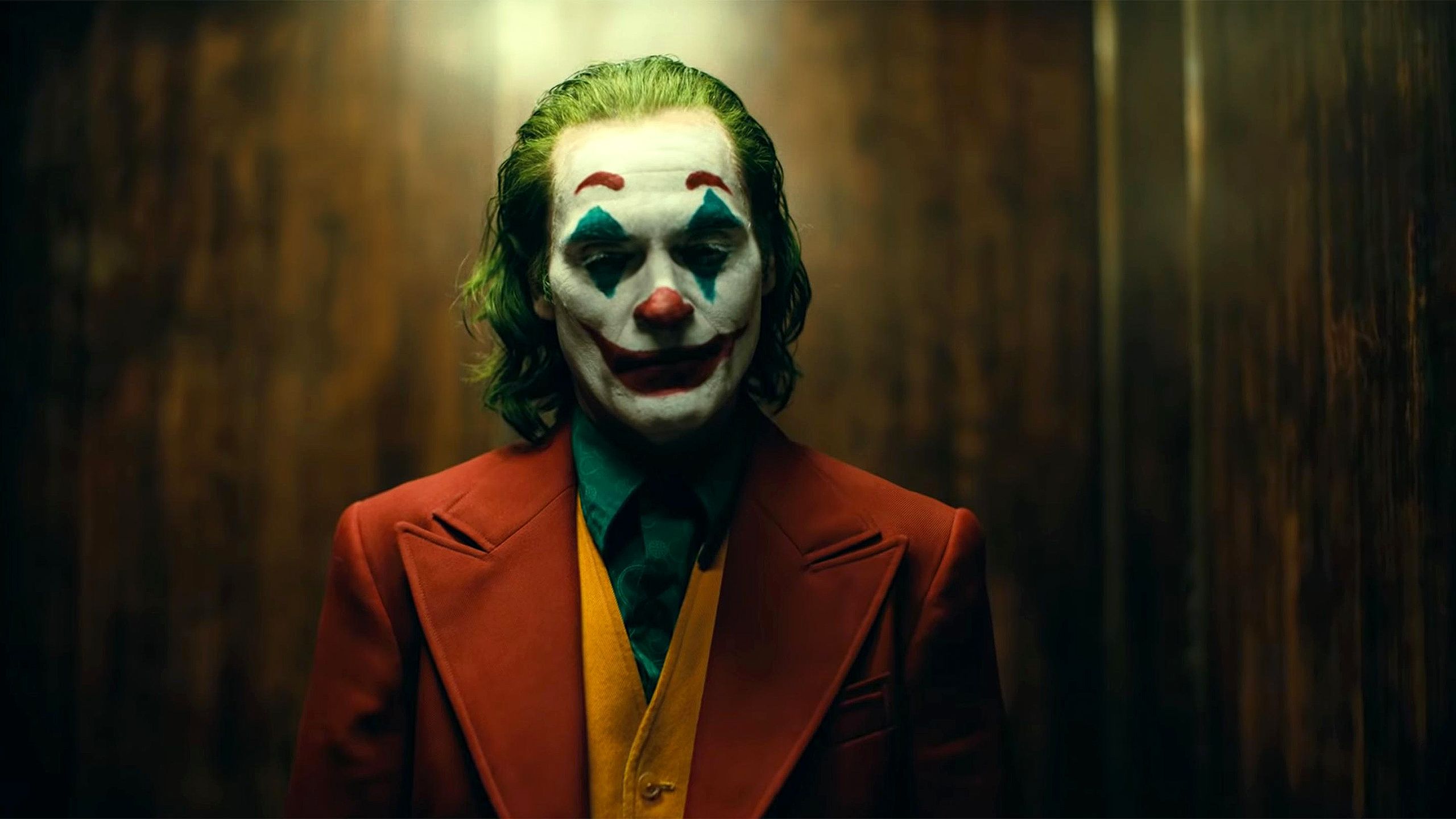Despite what the trailer wants you to believe, this film isn’t a comedy… it’s a complete and utter tragedy.
Joker stands apart from other iterations of the iconic Batman story (originally created by Bob Kane and Bill Finger). The film shouldn’t be treated as canon, delivering a new cast of Waynes, a new Gotham and a new origin story for the clown prince of crime. But why should we care? We’ve seen the Joker many times before. Why should we look at Joaquin Phoenix when we have Heath Ledger, Mark Hamill and Jack Nicholson? Because Phoenix’s Joker is TERRIFYING! And not in the way you would think.
Joker (dir. Todd Phillips) takes place in the fictional city of Gotham, realized as a dank, gritty and anarchic borough of New York. The story revolves around Arthur Fleck, an outwardly happy-go-lucky clown merrily performing on the streets and making people smile. But inside, this guy isn’t so happy. Phoenix portrays a man slowly cracking apart into millions of tiny pieces, watching what little stability in his life remains fall away as everyone leaves him, fails him or betrays him. His performance will most likely be the talking point of the Oscar season. Phoenix’s complete dedication to the role is extraordinary and not to be understated, with his emaciated body and his incredible Joker laugh. Every version of the Joker has his own laugh, and this is probably the best one yet! But this is not infectious laughter; it’s raw, painful. You can actually hear Phoenix choking and wheezing as the chuckles rattle his body. It’s chilling stuff!
The small cast is rounded out by Zazie Beetz, Robert De Niro and Frances Conroy. However, the film rarely focuses on the other characters, keeping the narrative solely on the Joker. The story has plenty to say about the way our society treats mental health. Mental illness is so often used as a narrative plot point, a simple reason why the killer does what he does (think Sleepaway Camp, Halloween, Psycho, all the way back to The Cabinet of Doctor Caligari). But it’s not the case here! This film takes the time to explore the prejudices, societal impositions and expectations towards mental illness, especially focusing on the lack of awareness or compassion from corporations or government funding. Arthur states halfway through the film, “The worst part about having a mental illness is that people expect you to behave as if you DON’T.” There is a consistent underlying tone of resentment in every scene, the film keeps asking why some people are considered “other” or “lesser,” and why should they have to apologise or defend themselves.
Of course, there is the obvious controversy of the film glorifying a psychotic killer as the main character. While Joker does take a fairly anarchic “Fuck the Police,” stand, especially in the final act, Arthur is nearly always portrayed as a victim. A victim of horrible circumstance who eventually becomes the villain. Considering the line-up of iconic psychotic killers, from Freddy Kreuger to Michael Myers, to Joker himself, it’s interesting to see why this version of the Joker is singled out as a corrupting and dangerous influence. Is it because the Joker’s backstory is usually kept deliberately vague? Are we not allowed to sympathise with a character who will eventually snap and do unspeakable things? Are protagonists not allowed to change into antagonists? Can the audience not accept that in this version, society is responsible for creating the Joker? It’s a conundrum, which will probably keep the Internet talking long after its release.
Brushing aside the controversy, the look of this film is incredible. Cinematographer Lawrence Sher continuously places Phoenix in the centre of the screen, all eyes divert to him. Tracking and panning shots show the Joker dancing through the streets, a small, but captivating figure in a crazy world. The sets are bleak, washed-out, muted with a hint of neon, making Joker’s iconic clown make-up and snazzy suit pop with colour. But the music by Hildur Guðnadóttir is what captured me from the beginning; a score dominated by strings and vibrato endlessly bombards our eardrums, making us feel like we’re inside the Joker’s vibrating head. It’s an assault on the senses, but a memorable one.
The film can’t be considered perfect, as the story is slightly derivative. There are elements of everything from Fight Club to Taxi Driver, even The King of Comedy. Also, the film’s conclusion feels drawn out and gratuitous. Like with The Return of the King, you’re constantly guessing when the end credits are going to roll, but you’re greeted with a number of false endings. However, these are minor complaints at best. Joker is an undeniable breath of fresh air in the superhero genre, with very few of the conventional tropes. There are no mentors, no epic fight scenes, no sidekicks. If it weren’t for the fact that the title is Joker, this could be a drama of the highest calibre. As it stands, Joker should be applauded for taking risks and trying something new in this vicariously opinionated world. I urge you, go and see it. If you like complex characters, narratives and don’t suffer from coulrophobia, you will not be disappointed.
Verdict: 4.5/5
Words by Rachel Denham-White

